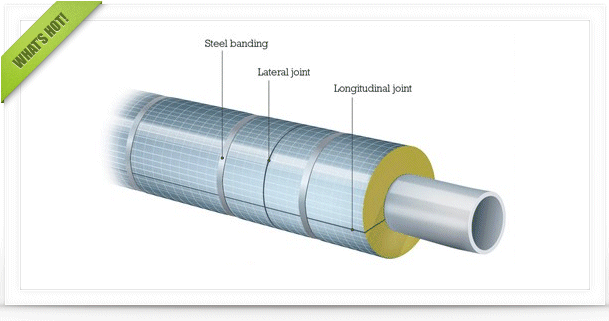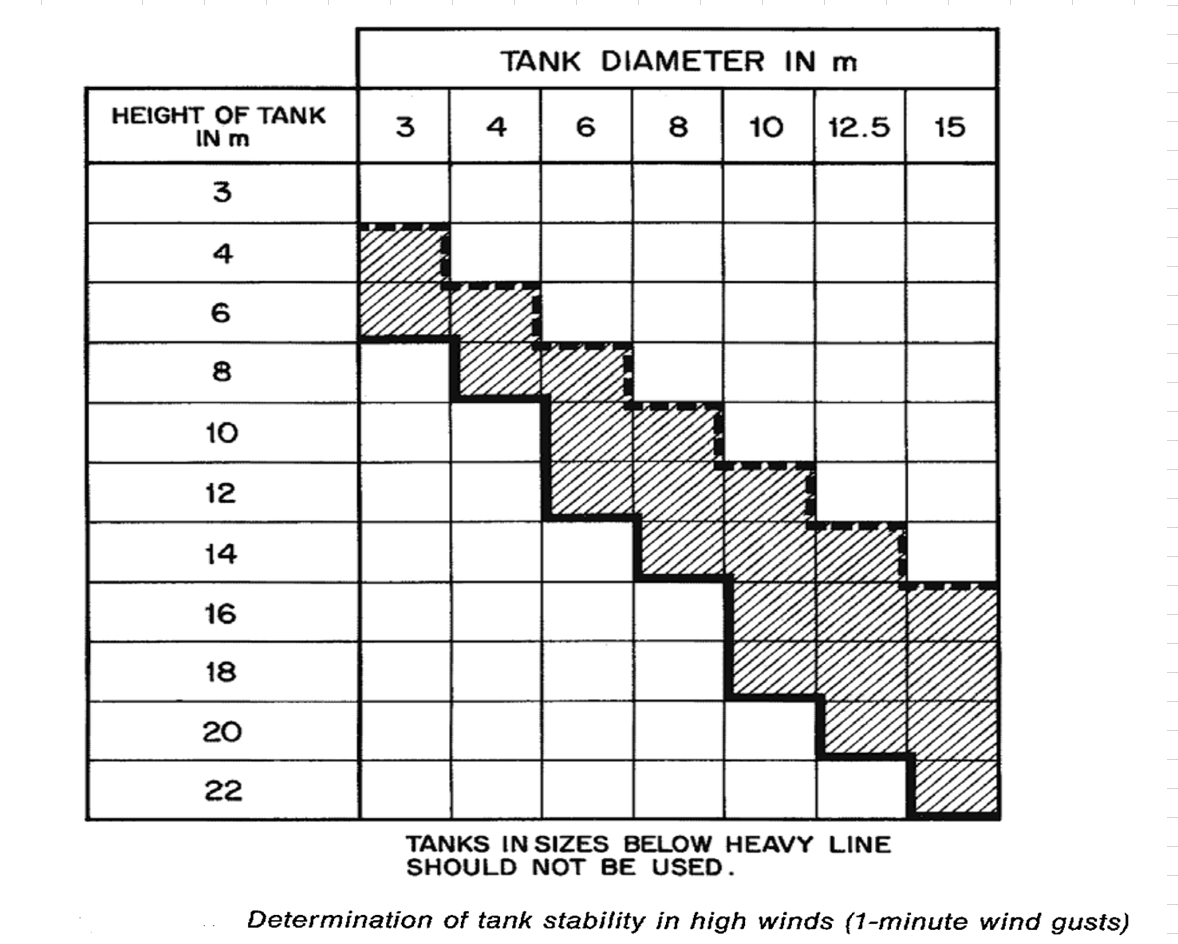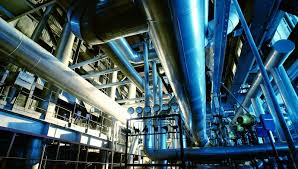|
|
Stack / Chimney Sizing
Started by ramnathsharma, Nov 25 2009 12:42 AM
2 replies to this topic
Share this topic:
#1

Posted 25 November 2009 - 12:42 AM
Dear Friends / Colleagues ,
We are planning for new factory layout (green field), as a part of it (out of curiosity) may i know how the chimney is sized? (of course based on SOx, Nox, CO, etc , but mechanically how? Very particularly how to decide how many layers (stages) required , any handy formula available?
Thanks & Regards
RamnathSharma
We are planning for new factory layout (green field), as a part of it (out of curiosity) may i know how the chimney is sized? (of course based on SOx, Nox, CO, etc , but mechanically how? Very particularly how to decide how many layers (stages) required , any handy formula available?
Thanks & Regards
RamnathSharma
#2

Posted 25 November 2009 - 07:34 AM
Dear Friends / Colleagues ,
We are planning for new factory layout (green field), as a part of it (out of curiosity) may i know how the chimney is sized? (of course based on SOx, Nox, CO, etc , but mechanically how? Very particularly how to decide how many layers (stages) required , any handy formula available?
Thanks & Regards
RamnathSharma
Hi,
Calculate Stack hieght based on Pollution index, take back ground value from your local atthourities, check near by localities and then design the stack hieght.
Cheers
#3

Posted 26 November 2009 - 05:31 AM
Concerning stack diameter, exit flue gas velocity to atmosphere is often about u=15 m/s at the nominal production rate. Specifically for (gas) turbines, exit velocity is usually higher (combustion under pressure, so high ΔP available), but at any case u< about 45 m/s to avoid noise (if u approaches this limit, an acoustic specialist should be consulted).
Concerning stack height H from ground, I agree with Toor. Usually a gas dispersion model is applied for several stack heights, and a value of H is selected depending on the resulting ground level concentration of the pollutants. This selected H is subject to approval by local authorities. In case of only one stack of a green field plan, things are comparatively simpler.
In a modern plant, H can be in the order of 60 m, but this depends on many factors (as explained before). Nonhebel (1972) recommends a minimum H=37 m, or 2.5x(H of adjacent buildings), whichever is greater, to avoid downdraught
Issues of Chimney Heights and related meteorology seem to be well explained (but not totally solved) in the two last chapters of "Gas Purification Processes for air pollution control" by G. Nonhebel (Butterworth, 1972).
Concerning stack height H from ground, I agree with Toor. Usually a gas dispersion model is applied for several stack heights, and a value of H is selected depending on the resulting ground level concentration of the pollutants. This selected H is subject to approval by local authorities. In case of only one stack of a green field plan, things are comparatively simpler.
In a modern plant, H can be in the order of 60 m, but this depends on many factors (as explained before). Nonhebel (1972) recommends a minimum H=37 m, or 2.5x(H of adjacent buildings), whichever is greater, to avoid downdraught
Issues of Chimney Heights and related meteorology seem to be well explained (but not totally solved) in the two last chapters of "Gas Purification Processes for air pollution control" by G. Nonhebel (Butterworth, 1972).
Similar Topics
Sizing Of Condensate Return VesselsStarted by Guest_panoska_* , 23 Oct 2025 |
|

|
||
Horizontal Decanter Sizing CalculationStarted by Guest_peejoee_* , 07 Oct 2025 |
|

|
||
Sizing And And Process Control Of Filter PressStarted by Guest_Amalina Jamil_* , 11 Mar 2019 |
|

|
||
Nozzle Sizing CalculationStarted by Guest_BabRafiq1_* , 26 Aug 2022 |
|

|
||
Atmospheric Tank Vent SizingStarted by Guest_kmic_* , 30 Sep 2025 |
|

|

 FB
FB








